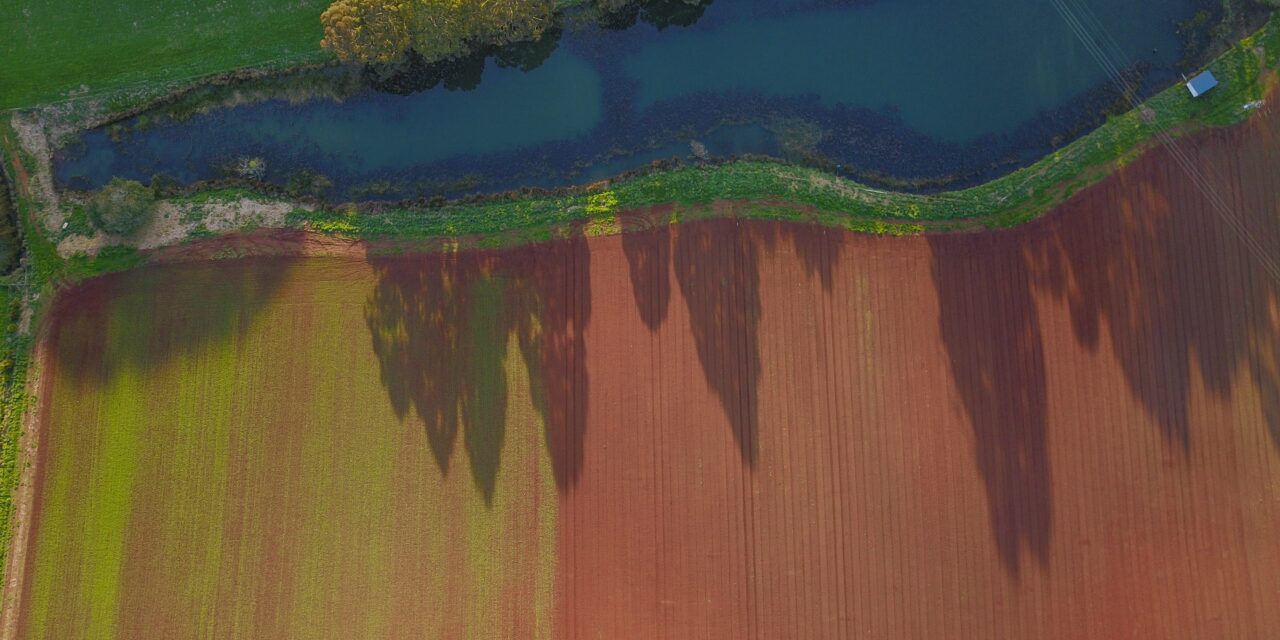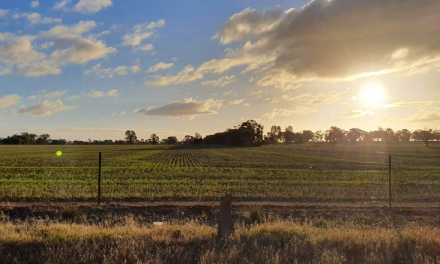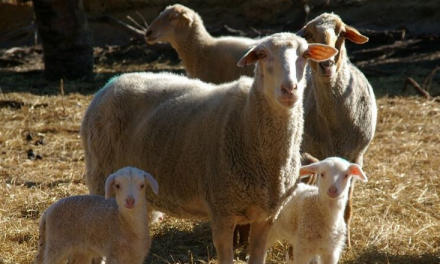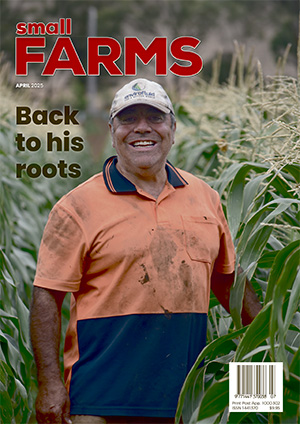Michael Tausz, who heads up the Victoria Drought Resilience Adoption & Innovation Hub (Vic Hub), said while the words ‘El Niño event’ certainly catch attention, “it’s very important not to get swept up in that”.
“First and foremost, step back from any hype — the focus for all farmers needs to remain on preparedness,” he said.
“The words ‘El Niño’ can be loaded for many, with memories of drought and all the pain and difficulties that brings.
“When El Niño is declared, it is not unusual to read some sensationalist headlines or comments about drought, but this wording is unhelpful to farmers and regional communities.
“What is helpful is remembering that El Niño does not automatically mean drought — it means there is a likelihood of hotter and drier conditions. And what this tells us is to be prepared.”
Professor Tausz said the Vic Hub, which is supported by the Federal Government’s Future Drought Fund, was focused on helping farmers and regional communities be better prepared for — and then resilient during — drought.
Te’o Lau Dr Viliamu Iese, Vic Hub’s drought resilience associate director, said it could be dangerous when a blanket comment is made such as ‘rainfall will decrease in Australia because of El Niño’.
“If you look at historical records for Australia, rainfall has reduced in some areas during El Niño, but not in others,” he said.
“Australia is a large continent, so we need to ask: ‘what does this mean for Victoria?’ Historical records have shown a decrease, or below average rainfall, across Victoria during El Niño events, but intensity could vary across the state.
“It is crucial to have timely access to the best-available information to be well prepared during this El Niño event.
“We must remember that a drought is a creeping hazard. By the time we say we are in drought, the impacts have been already experienced by farmers and communities.”
It was also important to interpret the El Niño declaration together with other climate drivers, such as the Indian Ocean Dipole.
“In this vein, rather than stopping at hearing an El Niño declaration, farmers and those in regional communities must look to the BOM’s middle to long-range forecasts,” Prof Tausz said.
“How local climate drivers behave will shape these forecasts. The BOM encourages people to look to long-range forecasts in their planning, rather than focusing on a single driver, such as El Niño.”
He said the Vic Hub website included information for farmers such as the online Climate Services For Agriculture Tool ‘My Climate View’, among others.
“I encourage people to use these tools, and to look at the BOM’s medium and long-range forecasts in their planning and decision making.”
For more information and to access online tools, visit the Vic Hub’s website: https://vicdroughthub.org.au
It’s El Niño but don’t panic








